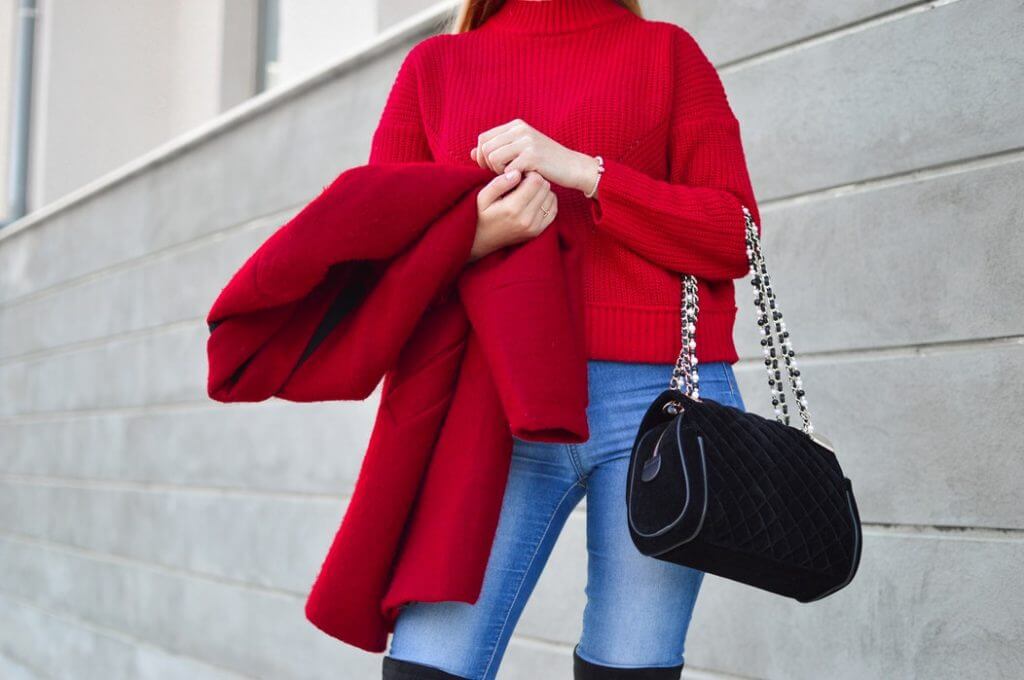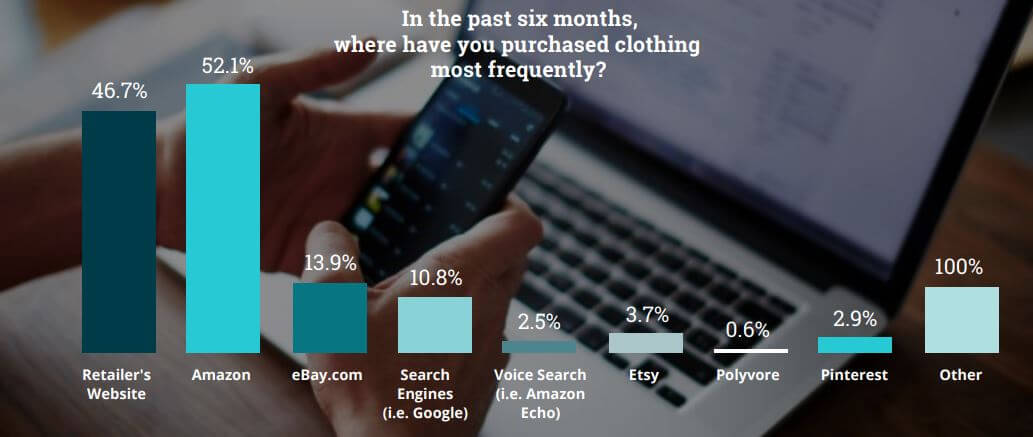On Tuesday, Amazon announced it will be raising fees for third-party sellers in select categories — apparel, accessories, handbags and sunglasses.
In contrast, they will be reducing fees for jewelry sellers.
As a result of the recent changes, the apparel category will now have the highest fees (compared to all other categories) on the Marketplace.

Amazon Increases Third Party Seller Fees
Amazon will be making 3 important Referral fee changes including:
1) Fee Reduction for Jewelry
For a limited time, the Referral fee will be reduced for eligible Jewelry items. Sellers will pay 20% on the portion of the total sales price up to $250, and 5% for any portion of the total sales price greater than $250, with a minimum fee of $2.00 per item.
This fee reduction will take effect on February 22, 2018 (midnight PST), and last until February 21, 2019 (11:59 PM PST). Starting on February 22, 2019 (midnight PST), the Referral fee will go back to 20% of the total sales price, with a minimum fee of $2.00.
2) Fee Increase for Shoes, Handbags & Sunglasses
The Referral fee will be increased for eligible products in Shoes, Handbags & Sunglasses. Sellers will pay 15% on items with a total sales price up to $75, and 18% on items with a total sales price greater than $75, with a minimum fee of $1.00 per item. This change will take effect on April 15, 2018 (midnight PST).
3) Fee increase for Clothing & Accessories
The Referral fee will be increased for Clothing & Accessories items. Sellers will pay 17% of the total sales price, with a minimum fee of $1.00 per item. This change will take effect on April 15, 2018 (midnight PST).
Pro-Tip: It’s worth mentioning that Amazon is changing their FBA fees as well, and those changes will go into effect on the same date (Feb. 22).
Why is Amazon raising Seller fees in these categories?
According to an article in Women’s Wear Daily, some experts suspect Amazon is trying to attract more luxury brands (aka Vendors) to their Marketplace.
“Raising rates in the higher-margin, third-party apparel business is an interesting move, perhaps signaling the fact that we’ve reached the point where there is no denying that Amazon, as the online mall, has become more attractive real estate for brands than what the physical malls have to offer,” Instinet analyst Simeon Siegel said on Tuesday.
Amazon’s Getting Better at the Online Apparel Game:
According to CPC Strategy’s recent Fashion Study, Amazon is quickly gaining traction in the apparel category.
We asked respondents where they purchased clothing from most frequently in the last six months.
Shockingly, Amazon.com earned the top spot, with 52.1% of shoppers claiming they purchased clothing there in the last six months.
Not far behind, 46.7% of shoppers gravitated towards retailer or brand websites.
Out of all respondents, 53% of women reported they were more likely to buy clothing directly from a retailer’s website, while 56% of men were more likely to purchase clothing from Amazon.com.

As the study indicates, we know people are shopping on Amazon for apparel – but which type of apparel are they browsing for? Luxury? Casual?
When asked about the types of apparel they purchased in the last six months, 54% of shoppers included casual apparel in their list (ex. Jeans, sundresses).
Athletic wear, outerwear, loungewear, and basics all hovered between 25% – 29.3%.
Formal wear—for instance, dresses or suits—came in last, showing up on just 13.6% of shopper’s lists.

“T-shirts, yes. Socks, yes. But pants, suits, and shoes? I won’t buy those on Amazon,” Jeff Yamauchi, Sales Development Representative at CPC Strategy said.
“It’s easy to buy general clothing items [such as] socks and undershirts because industry-wide, the fit is generally the same. With pants, shoes, and suits, I really need to try them on to ensure they fit right.”
Of course, some brands like Calvin Klein have found a way to partner with Amazon without sacrificing their designer reputation.
Rather than selling their high end collections on the platform, they opt instead to sell exclusive underwear lines and other basics.
Want to learn more? Check out the entire study – available for FREE download.
You Might Be Interested In












